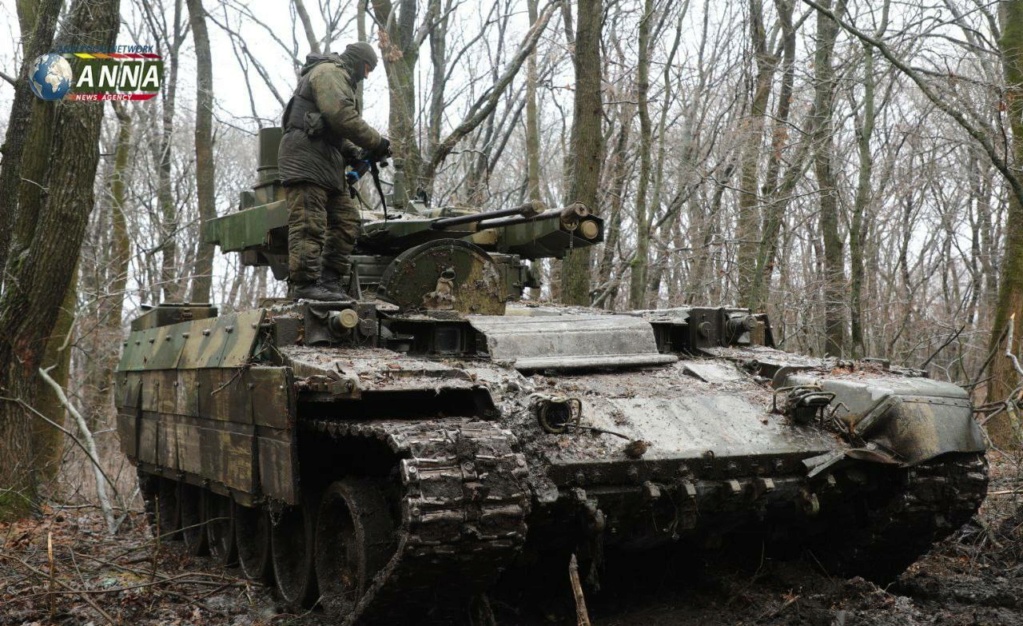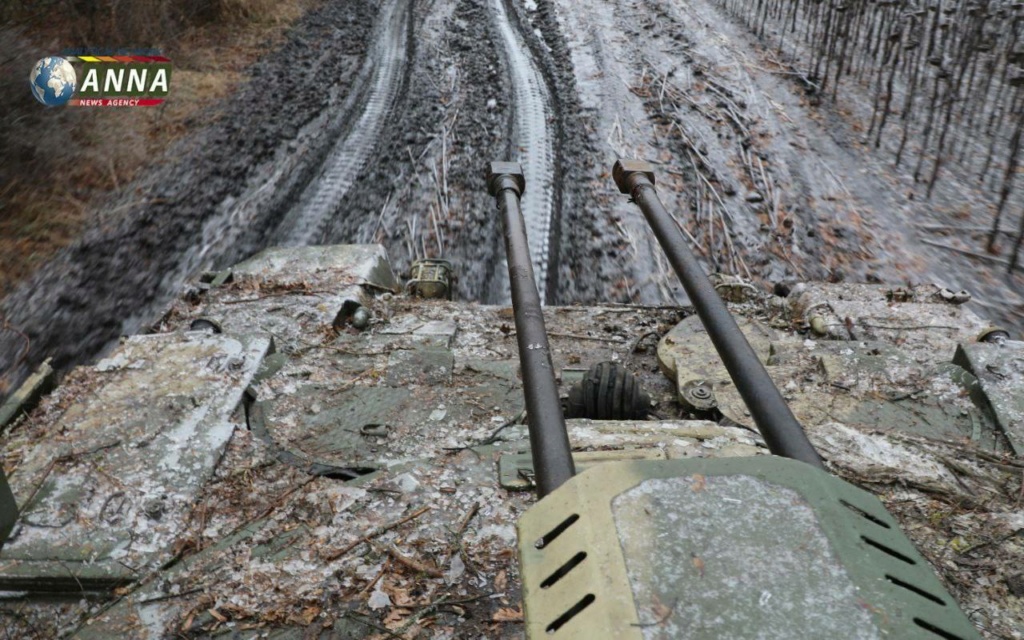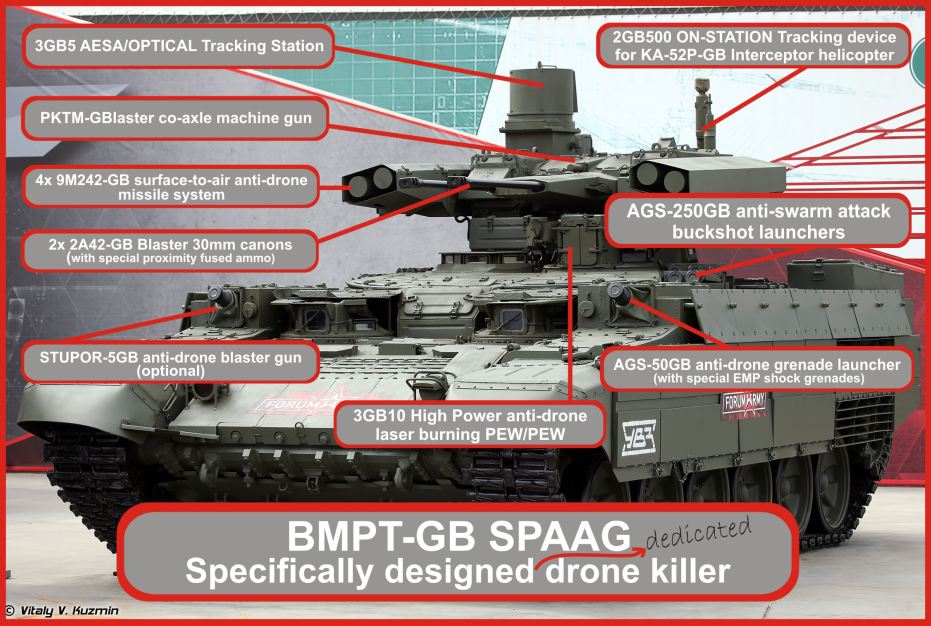One of the prototypes was this:

So the vehicle closest to the camera has a BMP-3 like turret with a 100mm gun and a 30mm cannon, but what you might also see is that behind the turret is a mount, actually you could describe it as a waist gun turret designed to fire sideways and forward with a crew position behind it between the engine and the turret and behind him is another crew position facing the other side of the vehicle operating a similar turret.
Now what I was thinking about this time was that the BMP-3 turret is just fine... it is intended for fighting all the things tanks don't fight very well... infantry and positions and enemy light vehicles and perhaps aircraft.
What I was thinking of myself is something like the T-35 from WWII which didn't work very well because while it was huge its armour was thin and command and control was difficult because of the way it was laid out and communication and control was bad in the vehicle .
The T-35 had 5 turrets because anti tank guns were small calibre 45mm guns so you needed two of those to give decent coverage depending on where the enemy was, while the standard normal round was the 76.2mm gun which fired a decent for the time HE shell and because of its recoil it was in the main central turret with the best angles and views, and the remaining two turrets contained machine guns.
But this vehicle is not a tank, it is an infantry vehicle and infantry replacement vehicle for use where troops can't be deployed because they are too vulnerable, so four unmanned turrets... two in front and two behind the main turret armed with rifle calibre machine guns and automatic grenade launchers in unmanned compact turrets, with a central turret mount with a choice of weapons including but not limited to machine guns up to large calibre cannon and automatic cannon and grenade launchers, perhaps with a remote weapon station on the panoramic sight on top with a heavy machine gun for the commander.
They are already making external turret mounts that include weapons and ammo and optics that do not penetrate down into the hull of the vehicle, though the external turrets in this case will have limited fields of fire they should allow independent fields of fire so different targets can be engaged at one time by crew members operating weapon turrets able to engage targets on their own.
You could use a bit of ingenuity and have high powered stabilised sniper rifles in the front two mini turrets allowing very specific targets to be found and engaged with precision... they might only have 200 rounds per gun...
The two rear mounted extra turrets might be grenade launchers able to fire the entire left and right hemisphere respectively with indirect sights and drone support.
The turret mounted gun might include a 57mm grenade launcher and a twin barrel 23mm cannon, or even a 120mm gun/mortar with a twin barrel 30mm cannon and grenade launchers controlled by either the gunner or commander with the commander able to use a kord HMG or 40mm grenade launcher mounted on his panoramic sight mount.
On the rear of the turret you will have rocket pods for 122mm and 80mm and 57mm aviation rocket pods of the same type carried by attack helicopters and ground attack aircraft.
Air burst rounds in 23mm, 30mm, 40mm, 57mm, 100mm, 120mm, 125mm could be used to deal with any type of drone you can think of.
Some rear facing gun mounts plus of course the main turret and rear turrets could all fire as the vehicle is leaving the area at speed.
The key is multi engagement channel capacity where gun turrets can all engage drone threats at different ranges... it is interesting to think about...








 ALAMO
ALAMO

